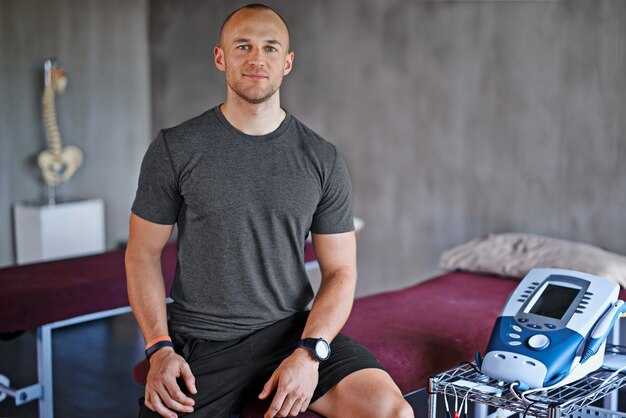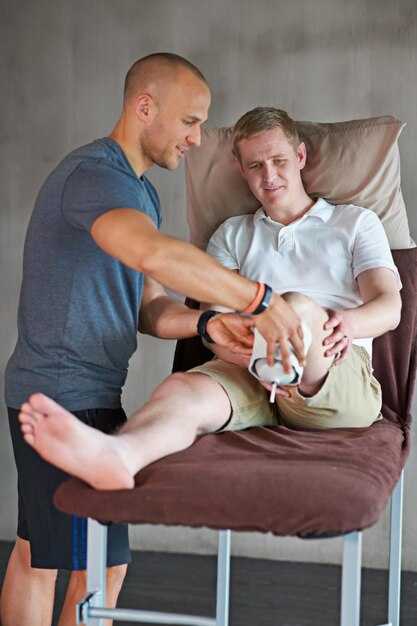So what are we actually after — a woman of real worth who honors and values us? And how do we expect that kind of person to come into our life if we treat her like she’s insignificant? By making her feel uncertain and not good enough? No. Why would anyone do that? Is that the only strategy to keep her around? Wait, what did you just say? Never mind. This is ridiculous anyway. No — don’t say never mind; you do want her in your life, don’t you? No. Yes. Of course you do. That’s why you play all these manipulative games. Oh my gosh, now I understand — I was so lost before. Why would someone speak about women so harshly and still try to have them in their life? Because it’s scary. I’m not fearless; everyone feels fear. Love is intimidating. Opening up is terrifying. But do you seriously believe that belittling a woman will ever result in her truly respecting you? Sure, it might “work” on a few — on people who haven’t healed, who pursue emotionally unavailable partners to prove their worth, who carry wounds from their past. What does that mean? It means you can fool someone into sleeping with you for a while, yes. But eventually they’ll walk away, because you’re not meeting their needs and there’s no substance between you, or you’ll end it yourself because, if you’re honest, there’s a certain comfort in keeping things shallow and surface-level. Still, here’s the bad part — you’ll remain unsatisfied, won’t you? Deep down, we all crave a genuine bond with another person; we want to trust someone and feel true intimacy. Think about it: you say you want a high-value partner, right? So tell me, do you actually think such a person would put up with constant disrespect and ongoing reminders that she isn’t enough? How would you react if you discovered someone was deliberately demeaning your sister or making your future daughter feel worthless just to get close to them? You’d be furious. Do the women who matter to you fit the stereotype that they’re conniving and always ready to leave one man for another, or are they people who deserve mutual respect and care from their partners? And remember — the woman you’re taking to bed is someone’s daughter too.
If you want relationships that are fulfilling instead of empty, the work starts with clarity and consistent change. Below are practical steps and habits that actually build attraction, trust, and long-term connection — without manipulation:
- Own your motives. Ask yourself why you use put-downs or games. Name the fear (rejection, abandonment, feeling weak) and write it down. Awareness is the first step toward change.
- Practice clear, respectful communication. Replace sarcasm and tests with honest statements: “I care about you and I want to be closer. I get anxious sometimes and I may act out — I’m working on it.” Directness is attractive; manipulation is not.
- Learn vulnerability in small doses. You don’t have to unload everything at once. Start by sharing a feeling or a small insecurity. Notice how being real invites authenticity from the other person.
- Build emotional regulation skills. When you feel triggered, pause. Breathe, label the emotion, and choose a response. Techniques like grounding, timed breathing, or a short walk can stop reactive behavior before it harms the relationship.
- Demonstrate respect through actions. Respect is shown consistently: keep commitments, listen without interrupting, ask before teasing, and validate her experience even when you disagree.
- Apologize and make amends. When you hurt someone, offer a sincere apology without excuses, and ask what you can do differently. Repair matters more than getting defensive.
- Set and respect boundaries. Know your limits and accept hers. Boundaries create safety, and safety is the soil where intimacy grows.
- Invest in your growth. Therapy, coaching, trusted friends, books, and routines (sleep, exercise, meaningful work) raise your baseline self-respect. Confidence grounded in competence is far more magnetic than posturing.
- Seek feedback and incremental accountability. Ask close friends or a therapist to point out when you slip into old patterns. Small, consistent corrections lead to lasting change.
Concrete phrases to practice instead of passive-aggressive lines:
- “I want to be honest with you about something I’m working on.”
- “When I acted that way, I was trying to protect myself. I see now it was disrespectful — I’m sorry.”
- “I appreciate you. Thank you for being patient with me.”
- “Can we talk about what I did? I want to make it right.”
Remember: real attraction comes from being emotionally available, reliable, and kind — not from tearing someone down. Change takes time and practice, but every genuine step toward respect and vulnerability increases the chances of the deep, satisfying relationship you say you want.
Visual Timeline: Steps of Recovery and Support Systems

Begin with a medically supervised detox: 24–72 hours of inpatient monitoring for alcohol or benzodiazepine withdrawal, or 48–96 hours for stimulants with psychiatric evaluation; use CIWA-Ar or COWS scores every 4 hours and document reduction targets (CIWA drop ≥50% within 48 hours or COWS ≤5).
Stabilize during week 1–4 in a residential setting: provide daily individual therapy (45–60 minutes, CBT and motivational interviewing), group therapy 3–5 times per week (60–90 minutes), and psychiatric medication review twice weekly then weekly; aim for sleep 7–8 hours nightly and a 30–50% decrease in self-reported craving VAS by week 2.

Deliver intensive rehabilitation across days 30–90: schedule evidence-based modalities (CBT, DBT skills, contingency management) 4–6 sessions weekly, offer vocational training twice weekly, nutrition counseling once weekly, and structured physical activity 3 sessions per week (45 minutes moderate intensity); perform random urine drug screens twice weekly and alcohol breath tests daily if indicated.
Implement family and social support in weeks 2–12: run four 90-minute family education workshops in month one, set a written communication agreement, assign an accountability contact within 14 days, and hold family therapy sessions biweekly for two months; collect family feedback at 30 and 90 days using a 10-point functioning scale.
Transition to outpatient and aftercare over months 3–12: enroll in an Intensive Outpatient Program (IOP) with group sessions three times weekly plus one individual session weekly for the first three months, then taper frequency to weekly individual sessions by month 6 and monthly psychiatric follow-up; require attendance ≥80% and negative urine screens for 60 consecutive days before reducing contact intensity.
Establish peer support routines: recommend 12-step, SMART, or peer-recovery meetings at least three times weekly for the first 90 days, then maintain at least one meeting per week; match each client with a sponsor or peer mentor within 14 days and document sponsor contacts weekly for three months.
Maintain medication-assisted treatment where indicated: initiate buprenorphine/methadone for opioid use disorder with observed induction, weekly dosing reviews for month 1, then monthly maintenance checks; prescribe naltrexone for alcohol or opioid dependence after detox completion and verify adherence at each outpatient visit.
Create a relapse-response protocol: require a written plan that lists immediate contacts (sponsor, therapist, emergency) and actions; carry naloxone at all times for opioid risk, return to inpatient care within 24–48 hours for positive opioid use, and schedule an urgent clinical review within 72 hours of any lapse.
Track progress with objective metrics: weekly craving VAS, monthly PHQ-9/GAD-7, urine drug screen positivity rate, housing/employment status, and attendance percentage; set measurable targets such as 70% reduction in positive screens by month 6 relative to baseline and PHQ-9 decrease of ≥5 points by month 3.
Plan long-term maintenance beyond 12 months: keep quarterly psychiatric reviews, annual comprehensive assessments, ongoing peer meetings at least monthly, sustained physical activity (≥150 minutes moderate exercise weekly), and sleep hygiene goals (7–9 hours nightly); document relapse prevention updates every six months and adjust support intensity when relapse risk metrics rise above predefined thresholds.













